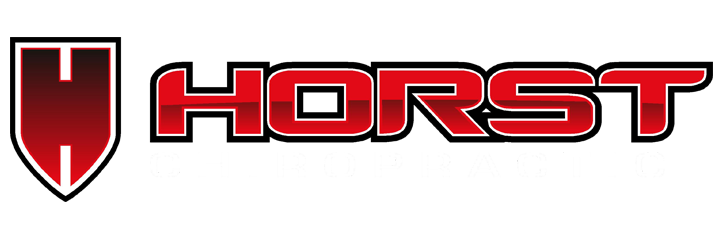Back Pain and Heavy Weight Lifting
You’ve probably read any number of fitness articles touting the benefits of weight lifting as part of your regular workout routine. Most fitness experts strongly suggest adding weight lifting after you have completed your aerobic exercise. Weight lifting is a great way to build core strength, build lean muscle, and burn fat. Research has also shown that weight lifting can help you develop strong bones, manage chronic conditions such as arthritis and heart disease, and sharpen your cognitive abilities.
However, before you go rushing off to the gym to load up the barbells with the heaviest possible weights, you should know that you can injure your back if you start out trying to lift the heaviest possible weight. Dr. Nathen Horst has seen a number of patients who overdid their weight lifting routine and ended up with back pain as a result. How common is back pain as a result of weight lifting, and what can you do to minimize your risk of developing back pain?
How Common Is Back Pain Due to Weight Lifting?
According to a 2010 article published in the American Journal of Sports Medicine, almost 1 million Americans ended up in emergency rooms as a result of weight-training injuries between 1990 and 2007. Furthermore, people were more likely to injure themselves with free weights, rather than by using weightlifting machines. Back injuries were the most common type of injury seen in these emergency rooms. Approximately 82 percent of those who suffered back injuries due to weight lifting were male. Men were also more likely than women to sustain muscle strain, particularly in the back.
Back Pain Risks
Numerous studies have shown that people over the age of 50 can get benefits from weight lifting, particularly in terms of muscle strength and balance. If you are older, you are at a greater risk for osteoarthritis or having spinal disc problems. There are also certain movements in weight lifting that are likely to cause or exacerbate back pain. Such moves include: Clean-and-jerk, dead-lift, snatch, and squats. Dr. Horst also recommends not doing military presses (in which the barbell is lifted overhead with the arms straight up) or weight-assisted lunges. Both of these maneuvers put pressure on the spinal column from the base of the head all the way down the spine.
Preventing Back Pain
First and foremost, don’t overdo it. You may feel that you are ready to take on heavier weights right away, but you will need to work your way up to that point. You will also want to focus on both your abdominal muscles and your obliques (the muscles along either side of your body) in order to build up your core strength. A strong core will help support your spine, making you less prone to back injury. Finally, have somebody else spot you while you are working with heavier barbells. If you start to feel as though you are about to lose control of the weight, your spotter will be right there to help steady the barbell. You and the other person can trade off spotting each other.
Weight lifting can provide many benefits for your workout routine. However, if you are not careful, you can injure yourself. If you have questions or concerns about adding weight lifting into your exercise plan, Dr. Horst will be more than happy to help you design an exercise routine that suits your needs.


